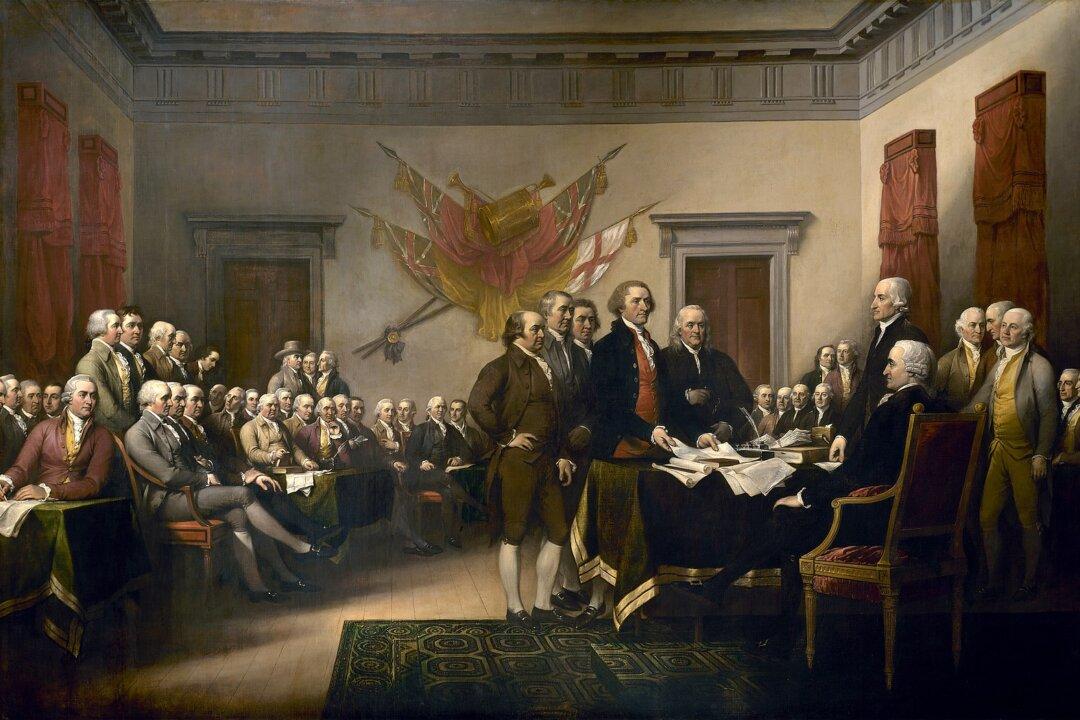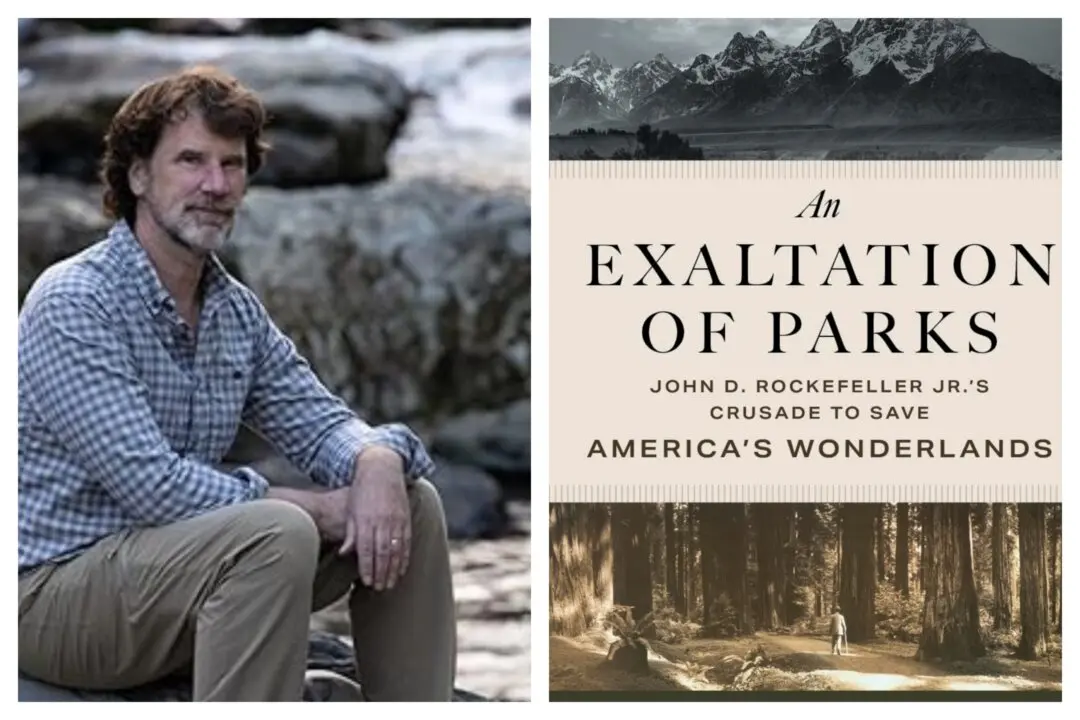When visitors view the actual founding documents at the National Archives Rotunda in Washington, the words penned on preserved parchment are heavy and significant. Yet, we seldom ponder just who put pen to page and how these world-changing documents were created.
In this age of short-byte text, when handwriting anything is rare, the art of penmanship seems antiquated. In the 1700s, however, writing tools and professional scribes were essential. It was Thomas Jefferson who authored the Declaration of Independence, but it was Timothy Matlack’s professional hand that penned the original document.





